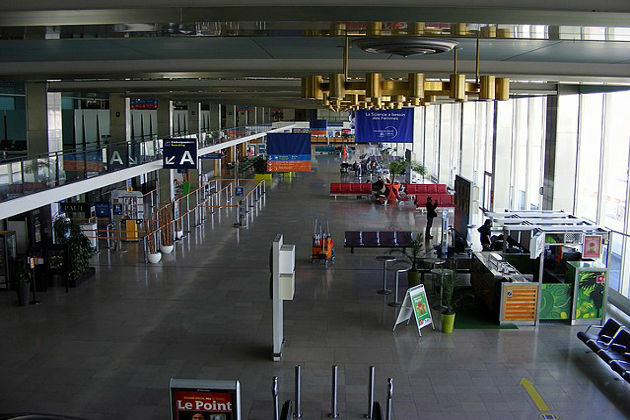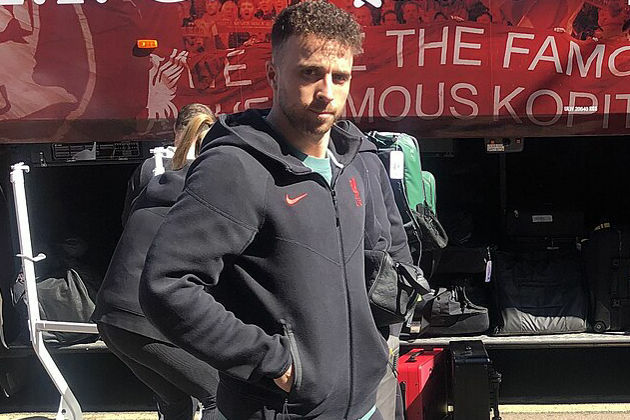Wolf culls change hunting habits and help caribou conservation
The Conversation
24 Jun 2022, 02:08 GMT+10

My first near-wolf experience was in a forestry cutblock. I heard the wolf's howl rise like a ghostly siren. I couldn't see the wolf because it was obscured by dense regrowing aspen saplings in a previously harvested stand.
In Canada's boreal forest, wolves have to adjust to the widespread landscape changes left by petroleum extraction and forestry. Being smart, wolves have turned these new human-made landscapes to their advantage. Mature forest is replaced by young forests, which provide attractive environments for invading white-tailed deer, bolstering wolf populations.
Wolves respond to changing environments in the north by adapting to available prey. Boreal wolves hunt large ungulates: moose, deer and caribou. But the western Canadian boreal forest is changing rapidly, looking nothing like it has in the past and like nowhere else on Earth. Wolves use roads, trails and petroleum-exploration "seismic" lines to hunt more efficiently.
Read more: Wolves use trails created by humans for convenient hunting and easier access to prey
The combination of wolves and environmental changes brought about by resource extraction cause woodland caribou declines.
Wolf culls
Governments have made the tough call to kill wolves to save caribou, a contentious decision that has spurred much public outcry and debate. While wolf culls do have some positive effects for caribou, culls remain mired in some mystery: very little research exists on their side-effects for surviving wolves, or the animals they live with.
We tackled this problem in northeastern Alberta, where we had been using remote camera traps to research white-tailed deer invasion and the boreal mammals' response to development.
After three years, the government launched a multi-year wolf population reduction program in our study area, using collared wolves as "Judas wolves" to locate packs for aerial gunning. We quickly responded by redeploying our camera-trap array for another three years, giving us some of the only before-and-after data on the entire mammal community for any wolf control program in North America.
Time management
Our first research was on wolf behaviour: what do surviving wolves do after a strange aerial predator starts killing neighbours? One aspect of a species' behaviour is time: species use the day in different ways to deal with different challenges. The time-stamped photos from remote cameras allowed us to examine species' use of their days.
Wolves, being highly adaptable, changed their behaviours to cope with aerial gunning, and turned to darkness. Before the cull, wolves were normally active during daylight hours, with small peaks between sunrise and sundown, with a slight dip around noon. After wolf control, surviving wolves shift into nighttime hours, with activity peaking just before midnight and again just before sunrise.
Activity from sunrise to sunset was much lower, and almost nonexistent at midday. The cover of night allows them to avoid aerial gunning. In fact, many mammals - like coyotes, tigers and wild boars - are becoming nocturnal to avoid human disturbance.
But animals often use their day to avoid predators and competitors. We expected that other animals might also change their habits to avoid newly nocturnal wolves. But this was not the case: lynx, coyotes, black bears, moose, deer and caribou all went about their normal business hours.
Better decisions
After shifting their time of day, wolves' daily activity patterns no longer overlapped heavily with their big prey: deer, moose and caribou. Instead, their activity overlapped markedly with smaller snowshoe hares. In effect, wolves become "temporally decoupled" from their big prey.
We still don't know if this behavioural change will have ramifications for wolves' diet and prey populations. If wolves are not active at the same time as large ungulates, predation rates decrease. This will likely contribute to recovering caribou population growth.
Conversely, if predation on white-tailed deer decreases, it may allow this invasive species to expand. And if wolves switch to hunting snowshoe hares, there could be adverse effects on coyotes, lynx, fishers and other carnivores that rely on hares for food.
As a society, we made the difficult decision to kill wolves to save caribou. The onus is now on us to learn all we can from this decision, to better understand how boreal animals use their landscapes - and better plan for resource development, so we never have to make this decision again.
Author: Jason T Fisher - Adjunct Professor; Head, Applied Conservation Macro Ecology Lab, University of Victoria 
 Share
Share
 Tweet
Tweet
 Share
Share
 Flip
Flip
 Email
Email
Watch latest videos
Subscribe and Follow
Get a daily dose of Canada Standard news through our daily email, its complimentary and keeps you fully up to date with world and business news as well.
News RELEASES
Publish news of your business, community or sports group, personnel appointments, major event and more by submitting a news release to Canada Standard.
More InformationInternational
SectionTrump defends use of 'Shylock,' citing ignorance of slur
WASHINGTON, D.C.: President Donald Trump claimed he was unaware that the term shylock is regarded as antisemitic when he used it in...
Summer travel in chaos as French air traffic controllers walk off job
PARIS, France: A strike by French air traffic controllers demanding improved working conditions caused significant disruptions during...
Congress weighs Medicaid cuts, sparking alarm in small-town hospitals
OMAHA, Nebraska: With Congress considering cuts totaling around US$1 trillion to Medicaid over the next decade, concerns are rising...
Gas station blast injures 40 in Rome, kids narrowly escape
ROME, Italy: Quick thinking by emergency responders helped prevent greater devastation after a gas station explosion in southeastern...
Weapons pause by Trump signals shift away from foreign wars
WASHINGTON, D.C.: President Donald Trump is drawing praise from his core supporters after halting key arms shipments to Ukraine, a...
Moscow removes Taliban from banned list, grants official status
MOSCOW, Russia: This week, Russia became the first country to officially recognize the Taliban as the government of Afghanistan since...
Sports
SectionTragedy in Spain: Diogo Jota and his brother die in car accident
MADRID, Spain: Liverpool footballer Diogo Jota and his younger brother, André Silva, have died in a car accident in Spain. Spanish...
Hot-hitting Red Sox hope to continue feasting on Rockies
(Photo credit: Paul Rutherford-Imagn Images) The Boston Red Sox are facing a light portion of their schedule and taking advantage...
Purani Dilli 6 unveil new jersey, strengthen squad in DPL season 2 auctions
New Delhi [India], July 8, 2025: Purani Dilli 6, the semi-finalist of the 2024 edition of the Delhi Premier League (DPL), have made...
Nolan Schanuel's bases-loaded walk in 9th lifts Angels past Rangers
(Photo credit: Gary A. Vasquez-Imagn Images) Nolan Schanuel drove in the winning run with a bases-loaded walk with one out in the...
Diamondbacks defeat Padres as Manny Machado gets hit No. 2,000
(Photo credit: Denis Poroy-Imagn Images) Josh Naylor homered, Zac Gallen pitched six strong innings and the visiting Arizona Diamondbacks...
Giants score twice in 8th to get by Phillies
(Photo credit: Ed Szczepanski-Imagn Images) Matt Chapman had three hits and scored twice and the San Francisco Giants, scoring all...













